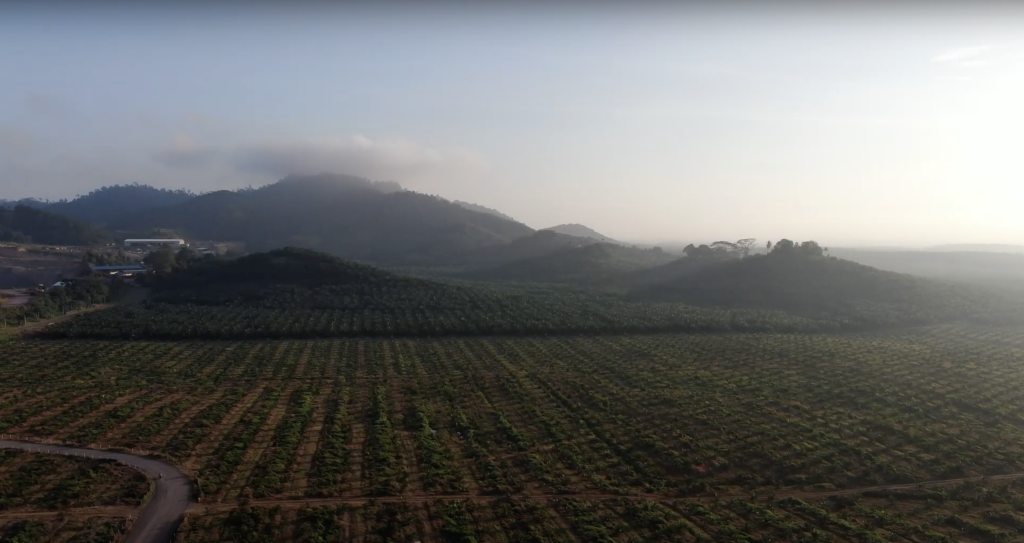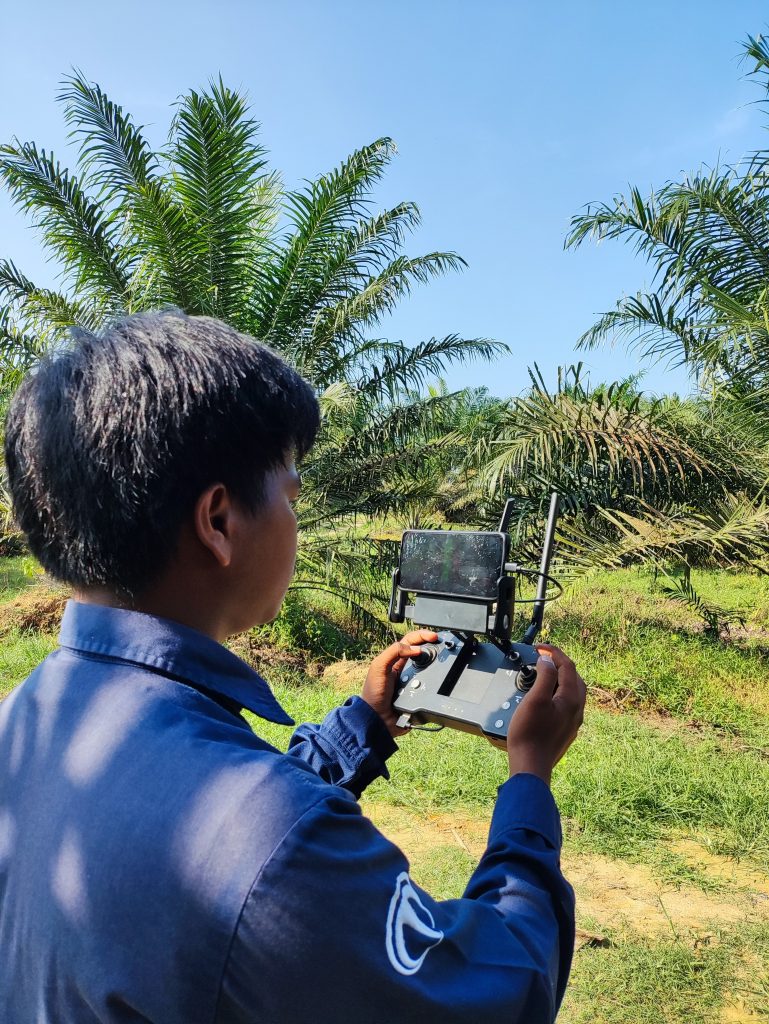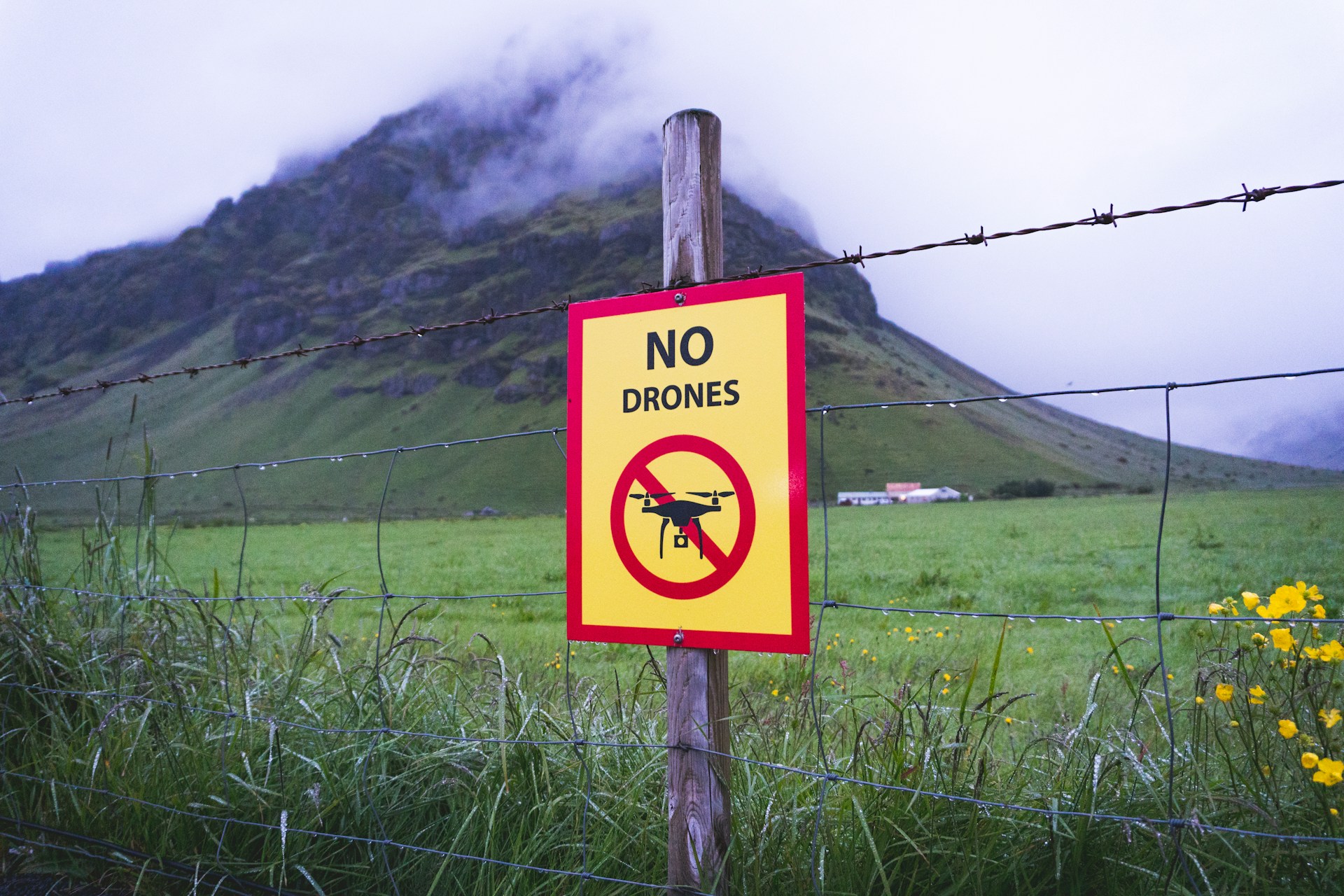Agricultural drones have introduced a new level of precision and efficiency to agriculture by helping with tasks like crop monitoring, soil analysis, and pest control. However, their successful operation largely depends on weather conditions. Weather impact on drone flights, such as strong winds or heavy rain, can significantly affect how well these drones perform and how safe they are to use. This raises an important question “Can drones fly in the rain?” In this article, we will explore the key weather considerations for agricultural drones and offer practical advice to help agribusinesses and drone operators make informed decisions about drone operations in varying climates.
How Weather Affects Agricultural Drones
Weather plays a crucial role in determining whether agricultural drones can fly safely and efficiently. Different weather conditions affect drone operations in various ways, and understanding these can help maximize their benefits.
Wind effects on agricultural drones are among the most challenging factors to manage. While drones are designed to handle light winds, strong winds create multiple problems. When the wind is strong, it can easily blow drones off course, causing instability and making them harder to control. This can lead to accidents or damage, especially if the drone is flying near obstacles like trees, power lines, or buildings. Furthermore, strong winds drain the drone’s battery faster. The drone must use more power to maintain its flight path, which reduces total flight time and limits the area it can cover. Understanding wind direction and speed is essential for safe flight planning. Wind conditions often vary at different altitudes and can change rapidly, making it crucial to check detailed weather forecasts before flying.
So, Can Agriculture Drones Fly in the Rain?
A common question among drone operators is, “Can drones fly in the rain?” The answer is generally no, due to several reasons related to rain and drone performance in agriculture. Most agricultural drones are not waterproof, and rain, snow, or even heavy fog can damage sensitive components like motors and electronic circuits. If water gets into these parts, it can cause the drone to malfunction or stop working entirely. Water droplets on camera lenses can also reduce image quality, making it harder to collect useful data.
Additionally, rain or snow can significantly reduce visibility, making it difficult to maintain visual contact with the drone, which increases the risk of crashes. In many countries, losing sight of the drone is against the law and can lead to fines or other penalties. For these reasons, flying in the rain or snow is generally not recommended. Even if a drone has some water-resistant features, its performance will likely be compromised in wet conditions.
Temperature Effects on Drone Batteries
Temperature effects on drone batteries are another weather consideration that operators must manage. Extreme temperatures, whether hot or cold, can cause several problems. Cold weather can make batteries drain faster, while hot weather can cause them to overheat. Both situations reduce the drone’s flight time and can damage the battery over time. In some cases, batteries may fail completely, leaving the drone stranded mid-air. Beyond battery issues, extreme temperatures can damage other parts of the drone. For instance, cold weather can make plastic components brittle and more likely to break, while hot weather can cause internal parts to overheat, reducing their lifespan and efficiency.
Visual Line of Sight (VLOS)

Lighting conditions also play a significant role in agricultural drone operations. The quality of images and videos captured by drones heavily depends on proper lighting. Poor lighting, such as in early morning or late evening, can make it difficult for the drone’s camera to capture clear images. Conversely, bright sunlight can cause glare, which also affects the quality of footage. Adjusting flight schedules to take advantage of optimal lighting conditions can improve the data collected by drones.
Reduced visibility due to fog, haze, or dust presents another set of challenges. These conditions make it hard for operators to maintain a visual line of sight (VLOS), which is critical for safe operations. Flying without a clear view of the drone can lead to collisions, crashes, or even losing the drone completely.
Strategies to Overcome Weather Challenges
Despite the challenges posed by weather, there are ways to mitigate these risks and ensure safe and efficient drone operations.
Conduct Pre-Flight Weather Checks

First, conducting thorough pre-flight weather checks is essential. Before launching a drone, always consult reliable weather forecasts for up-to-date information on wind speed and direction, precipitation, temperature, and visibility. There are several apps and websites specifically designed to provide accurate, real-time weather data for drone operators.
Planning flights around the weather is equally important. Avoid flying in adverse conditions, such as strong winds or heavy rain. If bad weather is expected, consider rescheduling the flight or adjusting the route to avoid dangerous areas. Additionally, investing in weather-resistant drones can offer extra protection. Some drones come with water-resistant features or can be treated with waterproof coatings to safeguard sensitive components. While this does not make them completely immune to all weather conditions, it can reduce the risk of damage from light rain or fog.
During the flight, it is crucial to monitor weather trends in real-time. Weather can change rapidly, especially during longer flights. Keeping an eye on weather conditions allows for quick decisions if unexpected changes occur, which helps minimize risks and ensures safe operations.
Understand Local Weather Conditions
Understanding local agricultural drone weather conditions is another key strategy. By knowing the typical weather in your area, you can better plan drone operations. For example, if strong winds are common in the afternoon, scheduling flights for the early morning might provide more stable conditions. Choosing the best weather for drone crop monitoring can significantly improve the quality of data collected and reduce risks associated with adverse weather.
Conclusion
Weather conditions are a critical factor when using agricultural drones. Strong winds, rain, extreme temperatures, poor lighting, and reduced visibility all pose risks that affect the performance and safety of drones. The answer to “Can drones fly in the rain?” is generally no, due to the high risk of damage and reduced performance. However, understanding agricultural drone weather conditions and planning carefully allows agribusinesses and drone operators to make the most of drone technology. Adapting to weather not only protects the drone but also ensures more accurate data collection, better crop management, and fewer operational risks.
If you are unsure about how to safely operate your drone in various weather conditions, it’s better to collaborate with a specialized agriculture drone services company like Terra Agri. With their experience in flying drones across vast plantations, Terra Agri can help you digitize your operational activities and ensure you get the most out of your drone technology.
By taking a proactive approach to weather planning and seeking expert assistance, you can optimize the benefits of agricultural drones while safeguarding your investment in this advanced technology.

